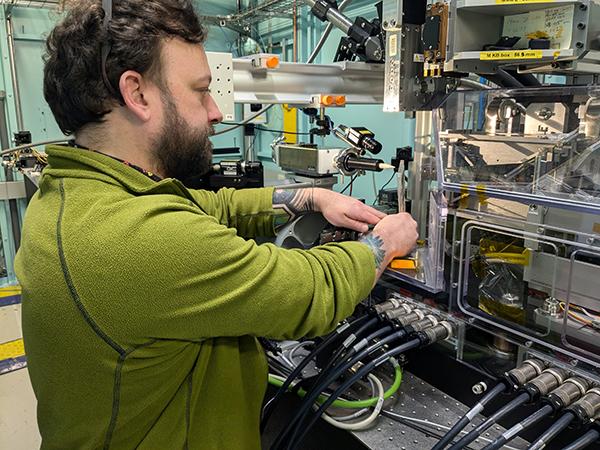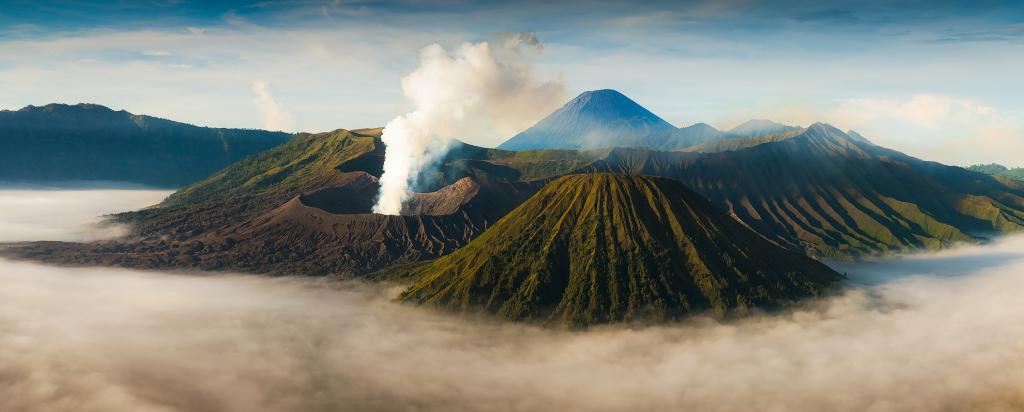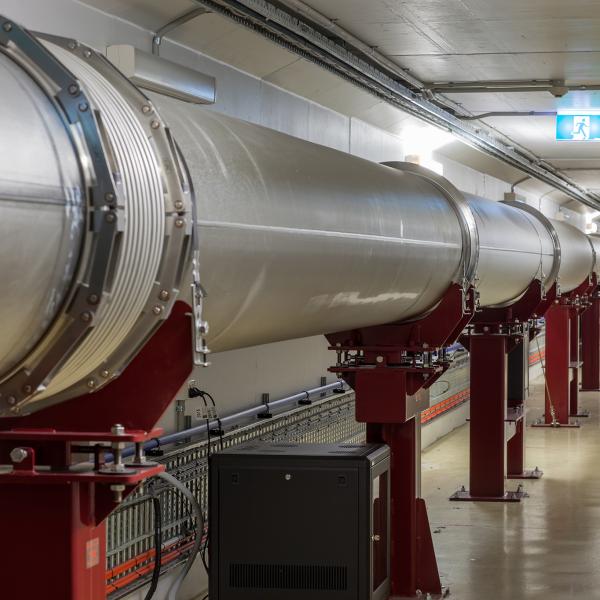

Published on the 19th September 2024 by ANSTO Staff
An article in Nature Geosciences has highlighted the power of synchrotron techniques to reveal the inner workings of volcanic systems that could potentially help with predictions of eruptions.
Assoc Prof Tessa Ubide, an Australian Research Council Future Fellow and Associate Professor in Igneous Petrology/Volcanology at The University of Queensland uses X-ray fluorescence microscopy at ANSTO’s Australian Synchrotron to investigate samples that contain an important environmental proxy.
Crystals of clinopyroxene, a calcium, magnesium and iron-bearing silicate mineral containing minor elements like sodium and trace elements including chromium, retain a memory of volcanic processes.
X-ray fluorescence microscopy detects and provides a visual map of the presence of metals in a sample, such as clinopyroxene. Important chemical information can be gathered from the data.
“Knowing what inner mechanisms trigger volcanoes to erupt is crucial to help interpret whether signs of volcanic unrest, such as earthquakes recording magma movement at depth, may herald an eruption, said A/Prof Ubide.
“It becomes a special crystal ball — instead of showing the future directly, it shows a past of storage and eruption processes that are key to forecasting future volcanism.”

“Clinopyroxene is such an enigmatic mineral, being used to identify meteorites and to understand ore deposits among many other things. To see it used to understand how volcanos can erupt is extremely interesting," said beamline scientist Dr Andrew Langendam (pictured above).
“The work done by A/Prof Ubide really showcases the capabilities of the XFM beamline at the Australian Synchrotron, being able to scan large areas for these indicator metals at high resolution quickly. These samples really benefit from this fast-scanning technique.”
Researchers from New Zealand have used another technique, infrared microspectroscopy, to investigate the diffusion of water in magma samples from undersea eruptions.
The Imaging and Medical beamline and MCT have also proved useful in investigations of volcanic activity.
Australia does have some active volcanoes, but they have not erupted for many thousands of years. However, the continent could be impacted by eruptions in New Zealand and the Pacific.
Other techniques to improve predictions of eruptions include satellite measurements and observations, and state-of-the-art aerosol-climate modelling, along with understanding the morphology and distribution of bubbles of gas trapped in lava that has erupted.
DOI:https://doi.org/10.1038/s41561-024-01509-y
Read more in The Conversation




